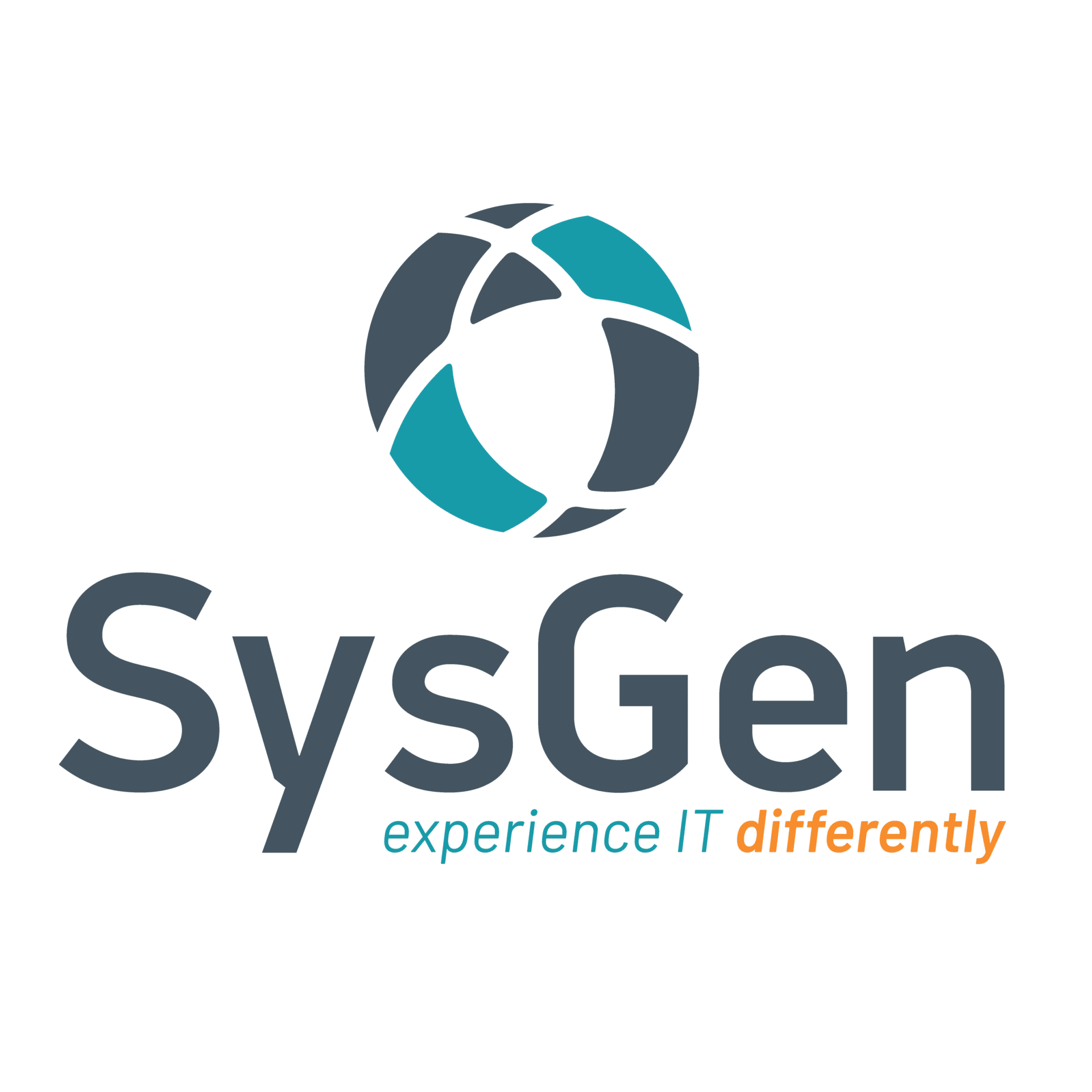Whether you’re a small or large business and whatever your industry may be, assessing current IT solutions and services is key to improving efficiencies and driving out costs.
Technology is changing at an exponential rate. With recent innovations increasing organizational efficiencies and synergies, here are three necessary IT services that businesses should use to reduce IT costs and stay on budget.
Migrating data and programs to the cloud mean getting more uptime for less.
Cloud computing means storing and accessing data and programs over the internet instead of through a local computer system.
Migrating to the cloud has the potential to save you money over the compared lifespan of owning physical servers. Storing and accessing data and programs over the internet instead of through costly onsite hardware means businesses no longer have to pay to build IT infrastructure that may not even be utilized. The cloud provides on-demand, hyper-scalable solutions that enable companies to scale as they grow.
In addition to capital savings on hardware, the cloud reduces IT costs to maintain IT infrastructure. Cloud services put the burden of maintenance in the hands of specialized experts who are on-call and available 24/7.
Not only does the cloud reduce IT costs, but it also removes the financial risk associated with unexpected failure or disaster. By storing data offsite in the cloud, instead of a single local piece of hardware, companies can be assured that they’re in good standing in the case of any disaster with backup services like Datto and additional offsite backups.
Virtualizing IT assets means running at peak performance at a lesser cost.
Virtualization decouples software from hardware by breaking the link between applications and the resources required to run them. By pooling together resources (storage, computer processing, networking, etc.) and allocating the total power through virtualization software, applications receive power as required. This means all resources run at peak capacity, which reduces the amount of hardware required to power applications.
Like cloud costs savings, virtualization removes fees associated with physical hardware. Virtualization allows companies to use virtual infrastructure, rather than physical hardware, to run applications and software. Enabling pooled resources means assets are fully utilized, which means less hardware is required.
Virtualization cost savings also come from its ability to reduce data center operating costs associated with storage space, power, heating, and cooling that are required to keep hardware running optimally.
One of the most sought-after reasons for virtualizing IT infrastructure is avoiding downtime. Pooling resources means if one resource or application fails, there`s a backing of IT assets ready to act as failover support. Downtime causes businesses to lose hours of operation and pay additional fees for IT support required to bring them back up to speed.
Managed IT services is a long-term savings plan.
Fixing costs is the best way companies can reduce IT costs.
IT support is often billed in two ways: on a variable and fixed fee basis. Variable fees are based on time and materials used to solve an IT problem and can range greatly from month to month, depending on how large of an IT issue an organization may be facing. While this may be the best way to save money in the short-term, it’s managed IT services or a fixed fee that reduces IT costs in the long-term.
Managed services mean fixed IT costs. Using managed IT services instead of time and materials allows companies to budget for IT and removes uncertainty over how much may be spent on IT on a monthly and yearly basis. With managed services, IT issues are covered under a flat fee agreement, and spikes in costs associated with IT problems are removed. Additionally, when an IT company acts proactively, they are your partner in ensuring that your IT continues to improve and evolve over time. You’ll be aware when hardware and software need to be refreshed and can budget for this, rather than a shock urgent expenditure that comes out of nowhere.
Companies should be wary of false managed IT services, which bill at a flat fee plus additional fees for “out of scope” work or IT support provided on an over-time, after-hour, or holiday basis. These types of managed service offerings look cheaper up front, but with additional fees, they end up costing more than true managed services. With true managed IT services, IT support should be “in scope” and covered by fixed fees with no add-ons. Another way businesses can take control of and reduce IT costs is to manage print services. This IT service offers labor, toner, and on-demand support at a set cost per page.
Reduce your company’s IT costs
Find SysGen’s IT support and managed IT services in Calgary, Edmonton, Red Deer, Vernon, and Kelowna. Learn more about SysGen’s cloud offering, cybersecurity services, managed security, and Digital Advisory team by clicking here.



